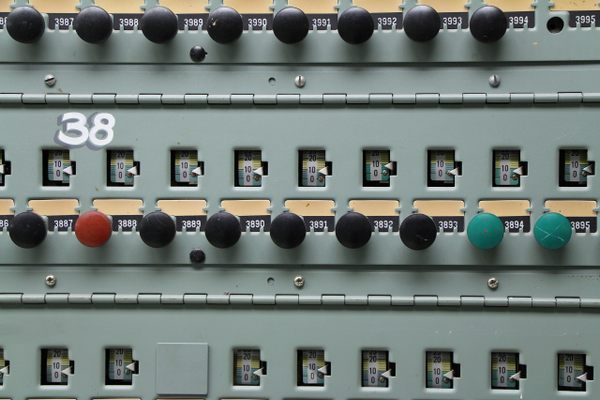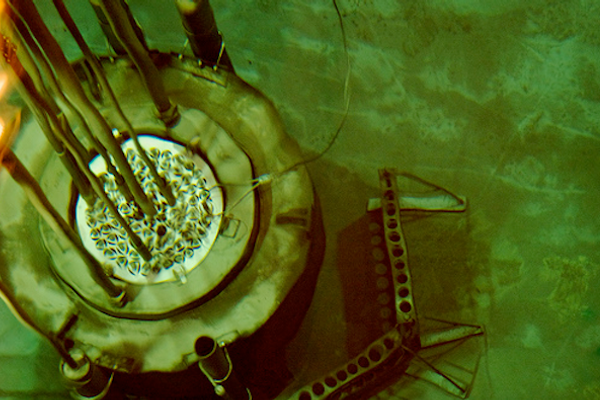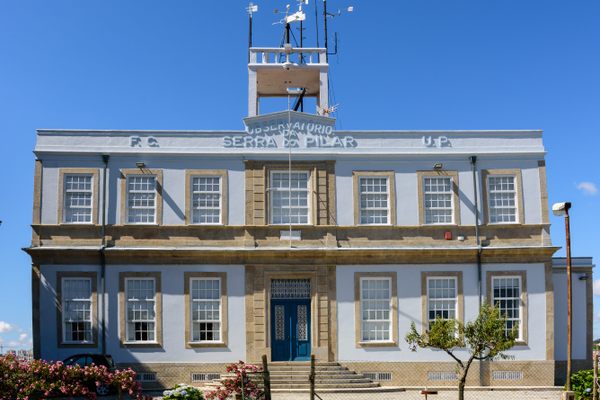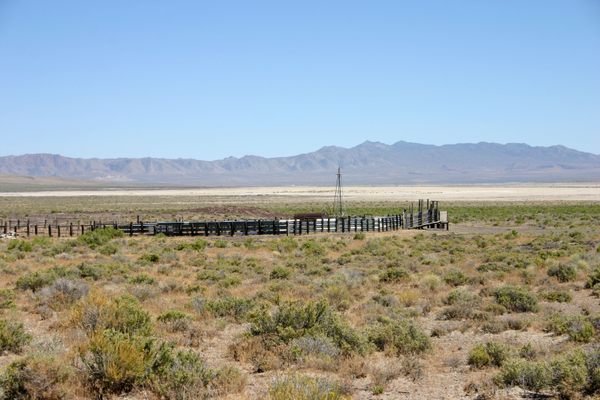About
When the Cold War finally ended, weapon-production reactors at the Hanford Site had produced 53 million gallons of nuclear waste. During its 50-year stint as a major producer of plutonium, the massive production complex created plutonium that went into most of the United States' 60,000 nuclear weapons.
Opened in 1943, the Hanford Site in south-central Washington state was established as part of the Manhattan Project and was the first full-scale plutonium production reactor in the world. Born in war and focused on creating weapons of mass destruction, the Hanford Site is well-known for being the creator of Fat Man, the bomb that was dropped on Nagasaki, Japan in 1945.
As it was created early in the history of nuclear physics, little was known about how to properly dispose of the powerful chemicals that went into producing nuclear material at the site. There are currently many large tanks filled with nuclear waste waiting to be turned into glass at the Hanford remediation project located nearby (still in the process of being built).
Today it is the most contaminated nuclear site in the United States, and despite efforts to decommission and clean the site, it still holds more than 60 percent of the nation's radioactive waste.
Related Tags
Know Before You Go
Take the Hanford B-Reactor tour to see how this plant operated in the 50s.
Community Contributors
Added By
Published
January 9, 2012





























